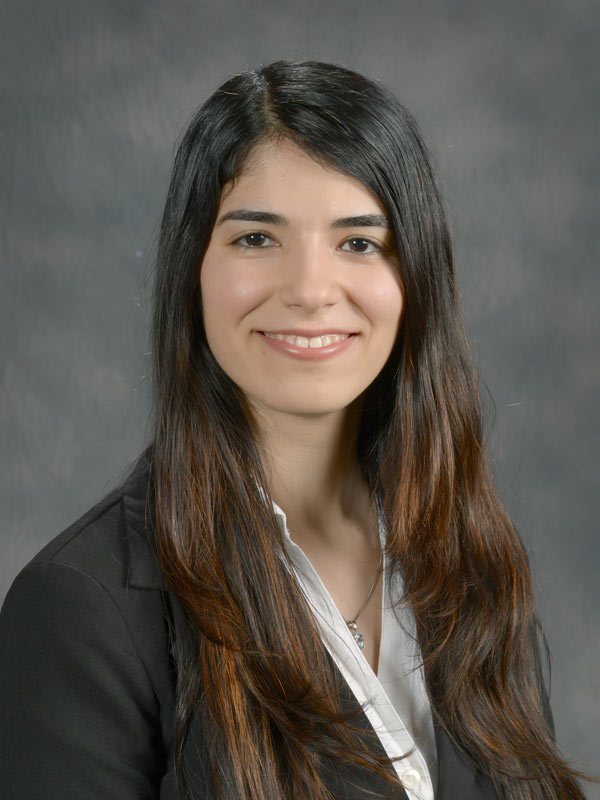
Dr. Shima Hajimirza has been awarded two grants from the National Science Foundation (NSF) for her research in radiation heat transfer in materials.
Her first project “EAGER: Predictive Surrogate Modeling and Analysis of Radiative Heat transfer in Porous Media” aims to develop a more efficient and effective way of measuring the response that materials have to radiation.
“We are using artificial intelligence to study the radiation effects in materials,” said Hajimirza, assistant professor in the J. Mike Walker ’66 Department of Mechanical Engineering at Texas A&M University. “To our knowledge, this is the first time that these methods have been used for problems in this context, and I’m very excited to be one of the pioneers of this area.”
As Hajimirza described, radiative heat transfer in porous media is a complex and ambiguous phenomenon that is vital to the simulation and design of energy technologies such as pebble beds, solar absorbers, solar thermochemical reactors, biological tissues, and thermal barriers for jet engines and space vehicles.
As such, the development of a reliable method of measurement and estimation of a material’s radiative properties is integral to the continued advancement of clean, renewable energy – both on a national and global scale.
By applying machine learning and artificial intelligence to the investigation of radiation transfer, Hajimirza aims to revolutionize how researchers and engineers approximate, predict and understand the properties of porous materials undergoing radiative heat transfer. Her state-of-the-art computational models will be a vital tool to both industry and academia.
Similarly, her second project “Enhancing Quantum Efficiency of Thin Film Solar Cells via Joint Characterization of Radiation and Recombination” focuses on conducting a fundamental investigation of nano-textured complex thin films used in harvesting solar energy. The findings will lead to improved methods used to systematically enhance the efficiency of this emerging technology.
“Thin film solar cells are at the forefront of innovation in photovoltaics technology. (They) are light weight and can be made flexible, which makes them ideal for a lot of applications. However, the efficiency of thin film solar cells is significantly lower than bulk cells,” said Hajimirza.
Because the technology is still very new, there have not been rigorous analytical models and studies that fully describe the operation of thin film solar cells – creating a gap in knowledge that makes it highly difficult to pinpoint how to best target and solve efficiency issues. This project will provide an understanding and modeling of joint radiation and carrier transport effects – two critical elements used in thin film solar cells – that will lead to more efficient, cost-effective solar cell devices.
“Both projects aim to study the fundamentals of radiation heat transfer in materials,” said Hajimirza. “Both projects are based on very novel scientific approaches and, if successful, will lead to breakthrough technologies.”
Hajimirza is looking forward to continuing her research with the help of the NSF grants because of the potential impact they can have.
“I am excited that the NSF, which is one of the most prestigious scientific organizations in the United States, acknowledged my research efforts and decided to support me to continue my research in the area of heat transfer and renewable energy,” said Hajimirza.